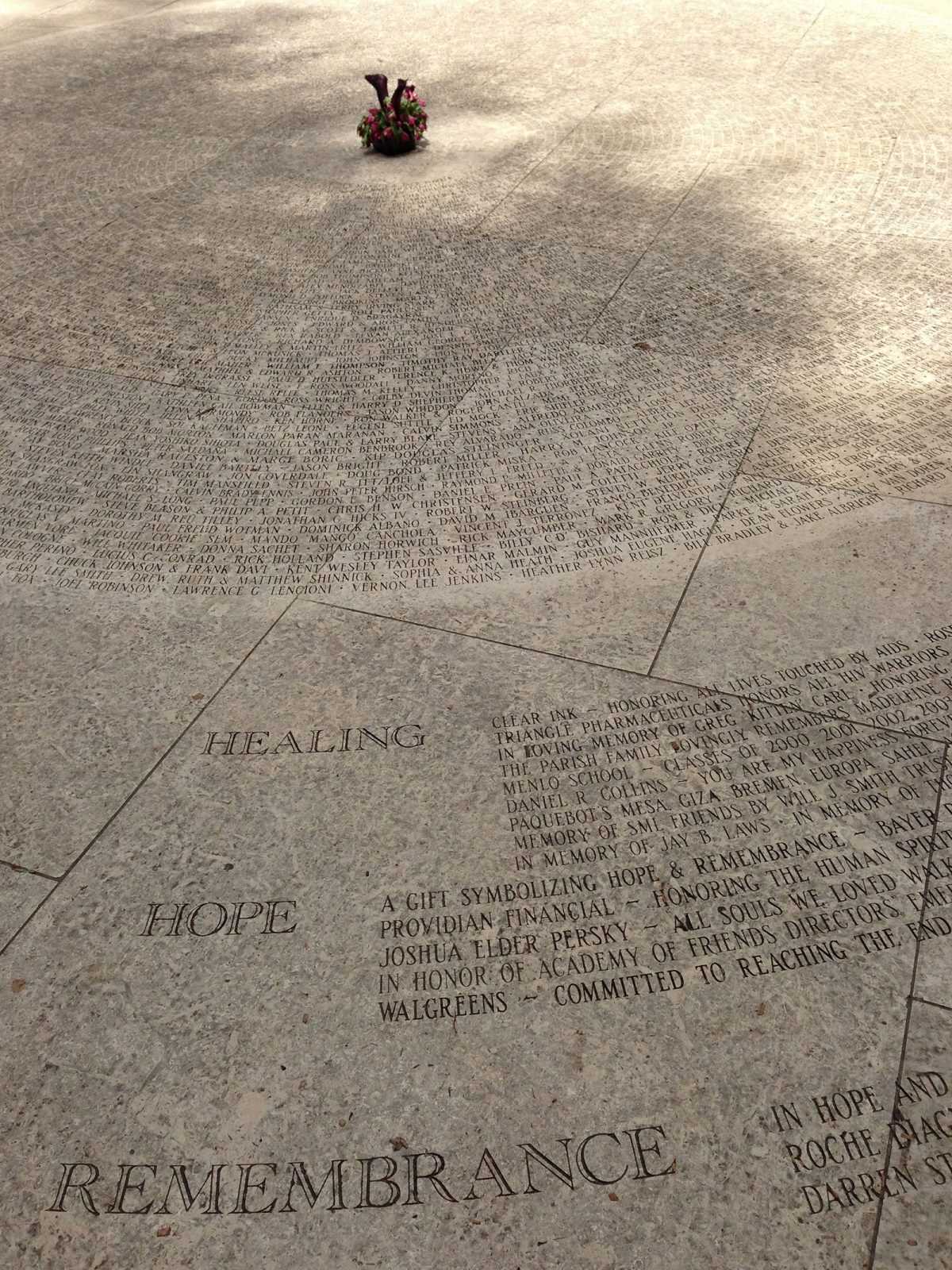Since the beginning of AIDS/HIV epidemic, nearly 35 million people have died from HIV-related causes. The disease became extremely prevalent in the United States during the 1980s. AIDS, though more researched than it once was, is still extremely common in our society and in other countries throughout the world. As of 2015, 36.7 million people worldwide are living with AIDS/HIV.
In San Francisco, nestled in a calm forest and inundated with visitors, lies the National AIDS Memorial Grove. The Grove, while memorializing the many lives lost to the disease, doesn’t reveal the true history of how devastating the disease was. There is currently a movement to create an AIDS museum in the same city to properly address the tragedy’s impact on American history, according to an article from The New York Times. Many proponents of the museum have compared the AIDS outbreak to events such as the Holocaust and 9/11 to justify the need.
Almost 3,000 people were killed as a result of the events on Sept. 11, 2001. Up to 6 million Jews were killed during the Holocaust. Looking at the numbers, it is fair to compare AIDS to these other tragedies. Throughout history, diseases have plagued our nation at different times. H1N1 ran abundant in 2009. Ebola outbreaks have frightened many since 2014. Zika made travelers avoid many South American countries in 2016. But AIDS isn’t just any other disease.
AIDS falls into an entirely different category because of the social context surrounding the epidemic. It was an outbreak placed onto the shoulders of an entire community within our society that already faces enough hardship as it is. The LGBTQ community was persecuted and targeted for accusations of spreading the disease, as they still are to this day. Gay men are still not able to donate blood under certain circumstances in fear of spreading the disease. The history behind their culture and how it intersects with AIDS is important to the nation and should be remembered through an exhibition. Hopefully, this museum will enable us to reclaim the origins of the disease.
Many people don’t understand the concept of an AIDS museum, because unlike the Holocaust or 9/11, AIDS isn’t a singular event that can be traced through images and historical artifacts. Nor was it a matter of history — the disease is still currently affecting millions, creating a strange concept. The museum is meant to bring light to the disease yet makes it seem like AIDS is a thing of the past. It is extremely important for the museum to recognize AIDS’ relevance to our current society while also showcasing how it impacted society of the past.
It’s necessary to create awareness around AIDS. Many are still ignorant to how long the disease’s reach was and continues to be. It’s hard to put a date on it, but also could be problematic to wait until a cure is found to erect a museum in its remembrance. Those who chose to visit the museum shouldn’t be under the impression that AIDS is less dangerous now. The museum’s purpose could be easily misunderstood, yet it is worth the risk to increase awareness of the outbreak and its impact.
It is important to realize that museums don’t have to be created for events that have already happened. Art museums can be found throughout the world in varying sizes and scopes. They don’t focus on one, singular historical event but rather the culture of the time. This museum will show what AIDS did to this country. Hopefully it will give AIDS and people with AIDS the justice they deserve, while recognizing that people are still being diagnosed every day.
















































































































